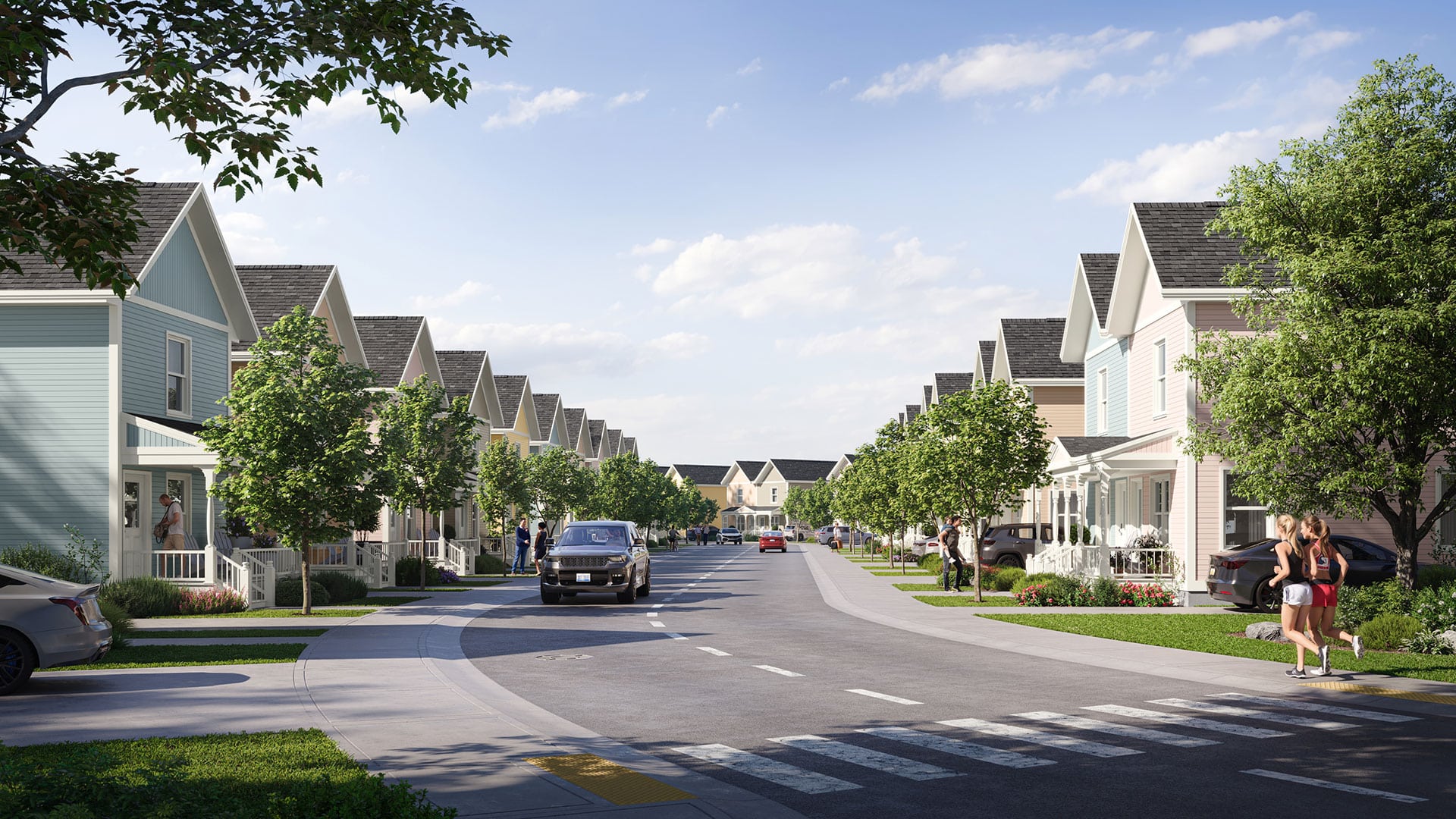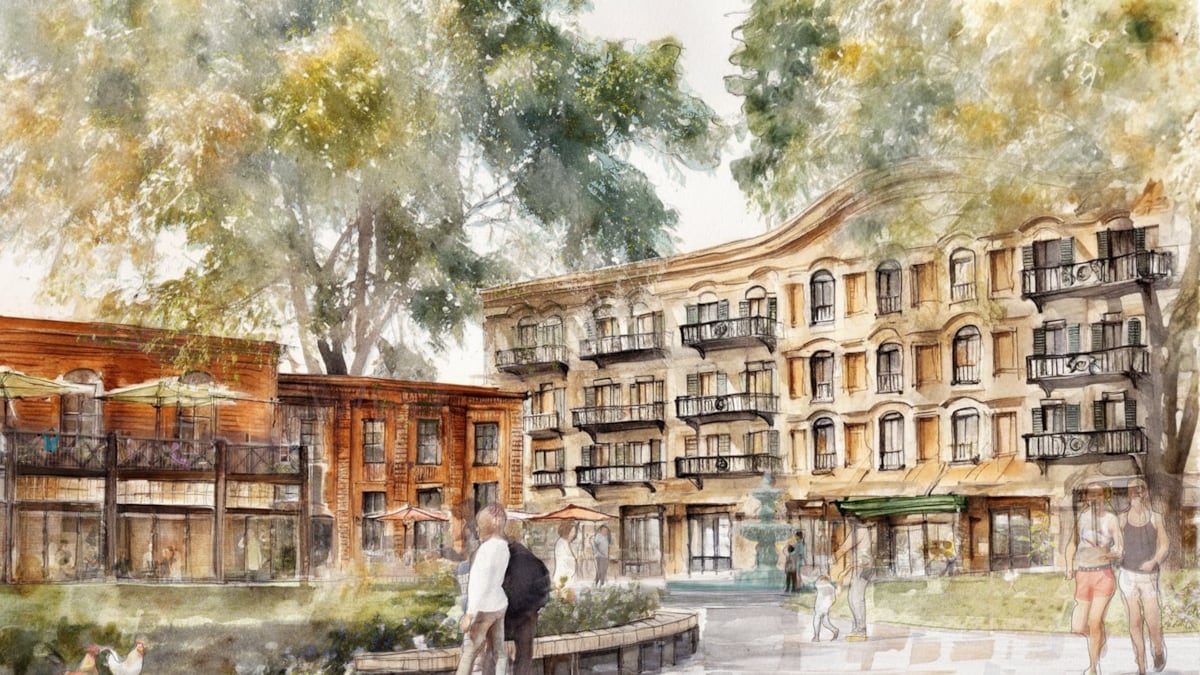I
n Michigan, abandoned factories, neglected brownfields, and empty storefronts are often seen as eyesores, yet they hold the promise of revitalization. “There’s always at least one property people think, ‘This could be something better,’” says Michelle Parkkonen, managing director of the Technical Assistance Programs at the Michigan Economic Development Corporation (MEDC). Her team helps communities identify opportunities, remove barriers, and chart practical steps to turn vision into reality.
Pre‑development assistance is tailored to each community’s needs. It can involve parking studies that reveal housing potential, environmental testing, financial modeling, or resident engagement to ensure projects align with local priorities. The process is collaborative, with MEDC working alongside local governments, developers, nonprofits, and partners such as the Community Economic Development Association of Michigan (CEDAM). “It’s exciting to have CEDAM as a partner,” Parkkonen notes, highlighting how the organization connects communities to consultants and manages project vision.
A cornerstone of this support is the Redevelopment Ready Communities (RRC) toolkit, originally launched by the Michigan Suburbs Alliance and expanded statewide by MEDC in 2012. Over 300 communities—from bustling cities to small villages—have used the toolkit, which offers best practices for updating master plans, enhancing public engagement, revising zoning, streamlining reviews, and sharpening economic strategies. Communities that achieve “certified designation” gain access to additional resources, including the Redevelopment Services team. Parkkonen emphasizes that the toolkit is flexible; every community’s character and challenges are unique, so the support is always hands‑on and adapted locally.
The impact of pre‑development assistance is evident in projects across the state. In Marquette County’s Upper Peninsula, MEDC colleague Jen Tucker hosts “emerging developer meetups,” bringing together aspiring developers, seasoned professionals, and community partners to share ideas. Ben Argall, founder of Argall Real Estate Group and NextHome Superior Living in Negaunee, exemplifies the difference such support can make. Argall’s first major project, the renovation of 209 Gold Street, was funded in part by a $250,000 Build MI Communities grant from MEDC, supplemented by local downtown development authority, land bank, and brownfield programs, totaling around $300,000. The transformation turned an ugly, neglected building into a celebrated downtown landmark, complete with white oak floors, solid oak doors, and high‑quality countertops—features that would have been impossible without grant support.
Argall’s second project, 208 Silver Street, will become a 12‑unit apartment complex addressing a local housing shortage. The site required full demolition due to asbestos, a process funded by an $80,000 grant from the Michigan State Land Bank and additional architectural and planning grants. “Programs like MEDC and the Land Bank stack on each other,” Argall explains, illustrating how layered support makes seemingly impossible projects feasible.
Renovare Development, a woman‑owned firm in downtown Ypsilanti, further demonstrates the necessity of pre‑development assistance. President and co‑founder Shannon Morgan describes the company as a convener that brings together stakeholders to focus on housing. Renovare’s portfolio includes the Dorsey Estates project, a city‑owned development aimed at lifting residents out of poverty by providing modest, well‑designed homes that fill the “missing middle” between luxury and subsidized housing. The 46‑unit development required extensive brownfield cleanup, unexpected costs, and a complex approval process that spanned several years. Pre‑development funding came from the Ann Arbor Community Foundation, Whirlpool, and other partners, enabling the project to move forward despite the high upfront costs and limited profit margins typical of such developments.
The success of Dorsey Estates underscores the broader impact of pre‑development assistance. The project sold out half of its units, generating a waitlist of several hundred people, and attracted significant online engagement—over 180,000 views, 3,000 likes, and 450 shares on the City of Ypsilanti’s Facebook page. “If you look at something like Dorsey in scale, it wasn’t a tremendously large project. It was only 46 units, but it still took several years to get through the public approval process,” Morgan notes. “We were lucky enough to raise pre‑development through the Ann Arbor Community Foundation, and then we worked closely with the city as a partner to overcome challenges.”
Looking ahead, Parkkonen encourages developers to seek grants from organizations similar to the Ann Arbor Community Foundation, state agencies, and Community Development Financial Institutions (CDFIs). National initiatives such as Smart Growth America’s Housing Solutions SPRINT program also offer financing pathways. “If you fail to plan, you plan to fail,” she cautions. “Now is a great time to plan and remove barriers. When conditions improve, we’ll be able to put these plans into action.”
As more communities achieve RRC certification, Parkkonen focuses on nurturing local leaders and fostering collaboration. “If you love your community and want to invest in it, we’re here to help you brainstorm, connect, and make it real,” she says. Building strong places is a long game, but the payoff—new businesses opening, apartments filling, and residents investing their hearts in their hometown—makes every effort worthwhile.














